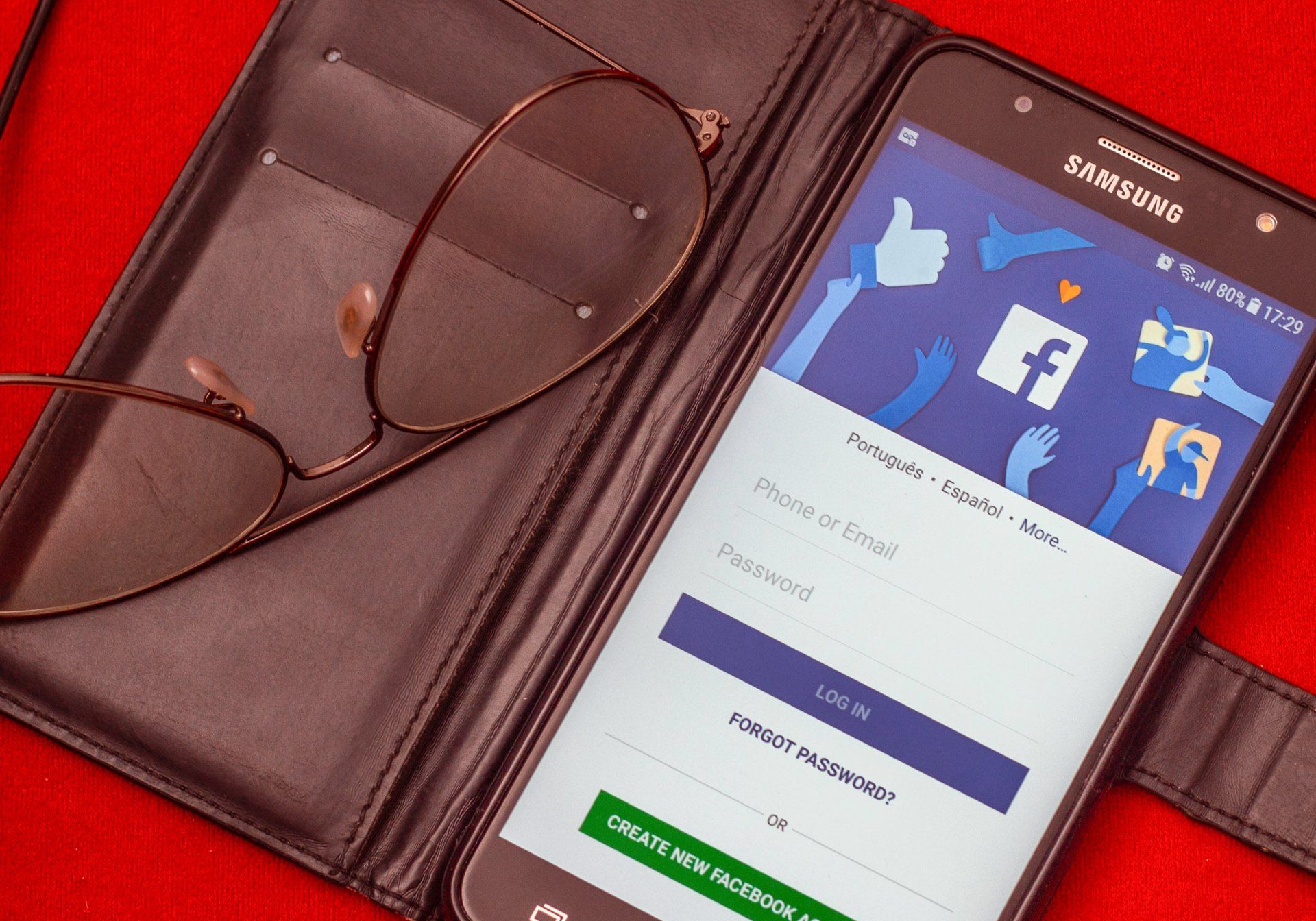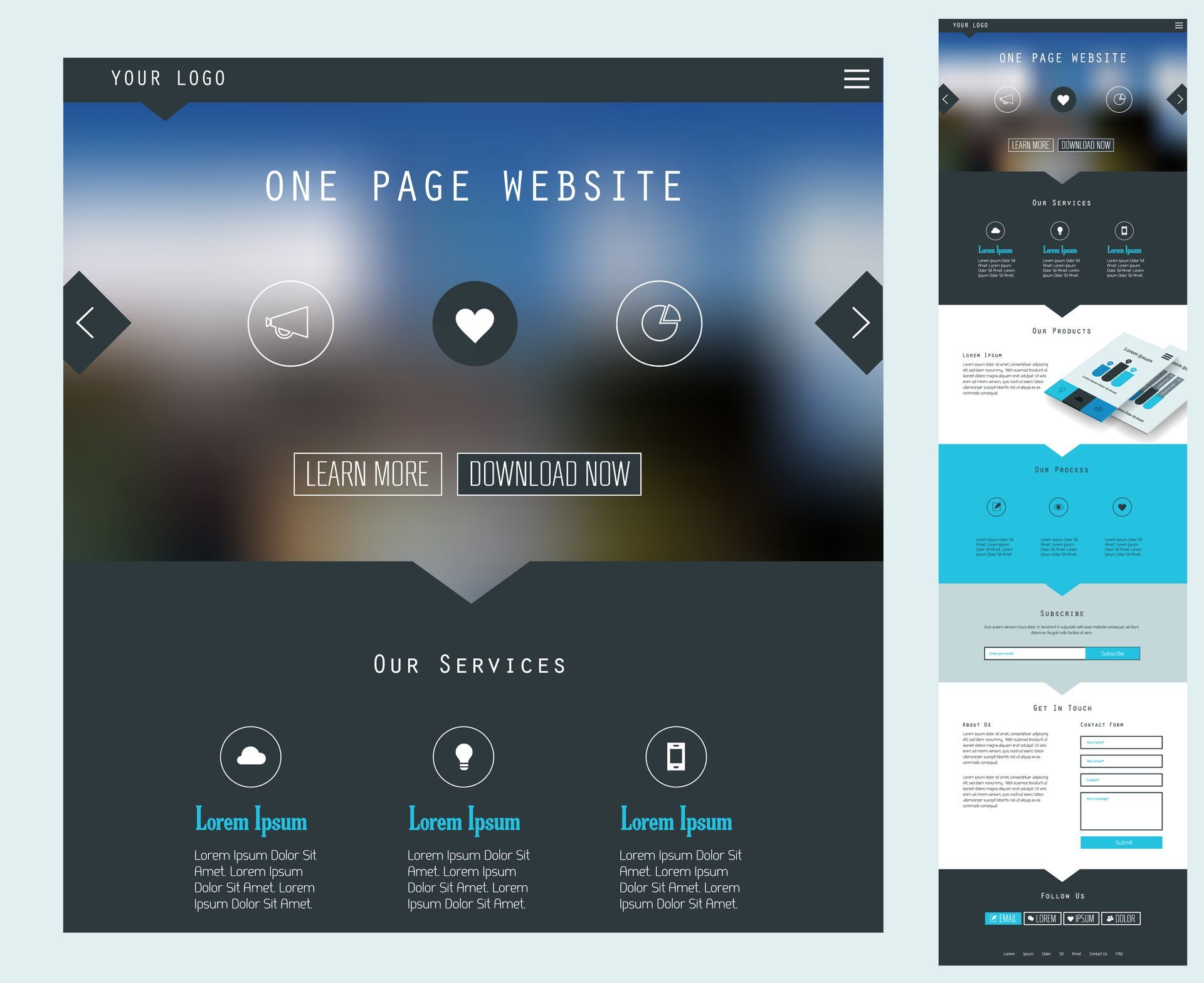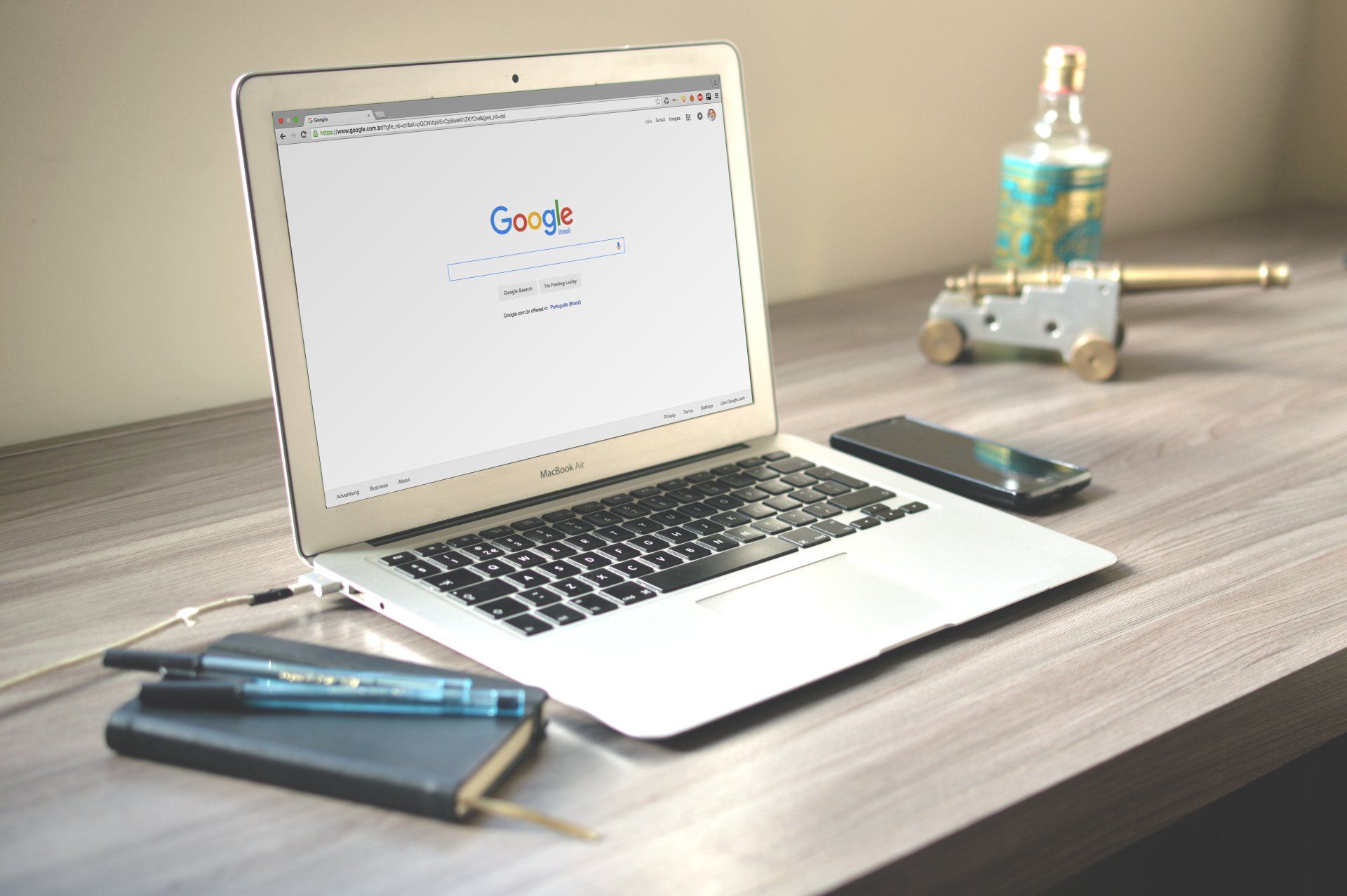Everything you need to know about designing a logo
Introduction

Research and Planning
Defining the brand identity
Analyse the competition
Sketch ideas and concepts
The Idea
Best Practices
- Keep it simple: A simple logo is easier to recognize and remember than a complex one. Aim for a design that is easy to read, with clear typography and minimal clutter.
- Consider scalability: Your logo will appear in a variety of sizes and contexts, so it's important to create a design that looks good at any scale. Avoid intricate details that might become difficult to see at smaller sizes.
- Use color strategically: Color can have a powerful impact on how people perceive your brand. Choose colors that complement your brand personality and values, and use them consistently across all of your branding materials.
- Make it timeless: A good logo design should stand the test of time. Avoid trendy elements that may quickly become dated, and focus on creating a design that will still look fresh and relevant years from now.
- Be original: Your logo should be unique and distinctive, so make sure to avoid using clipart or stock images in your design. Instead, focus on creating a logo that is original and memorable.
The 1-inch 'rule'
Design Principles

- Balance: A balanced logo has an even distribution of visual weight, creating a sense of harmony and stability. Achieving balance can be done through the use of symmetry, color, and shape.
- Proportion: Proportion refers to the size relationship between different elements in your logo. A well-proportioned logo is visually pleasing and creates a sense of order. It's important to ensure that each element of your logo is scaled appropriately and that the overall composition is harmonious.
- Contrast: Contrast can be created through the use of color, typography, and shape. Contrasting elements help to create visual interest and can help your logo stand out from competitors. However, it's important to use contrast sparingly to avoid overwhelming your design.
- Simplicity: A simple logo is easy to recognize, remember, and reproduce. A complex logo, on the other hand, can be confusing and difficult to reproduce. Keep your design simple and avoid unnecessary detail.
- Unity: Unity refers to the overall coherence and consistency of your design. All elements of your logo should work together to create a cohesive and harmonious design. Consistent use of color, typography, and shape can help to achieve unity.
- Repetition: Repetition creates consistency and reinforces your brand identity. Repeating certain design elements, such as shapes or colors, can help to create a strong and recognizable brand.
- Alignment: Alignment refers to the placement of elements in your logo design. Proper alignment creates a sense of order and professionalism, while misaligned elements can create a sense of chaos or confusion.
- Hierarchy: Hierarchy refers to the arrangement of elements in your logo design in order of importance. A well-designed hierarchy ensures that the most important elements of your logo are emphasized and stand out.
- Consistency: Consistency is key in logo design. All elements of your logo should be consistent across all applications, including color, typography, and shape. Consistency helps to create a strong and recognizable brand identity.
Typography

Font Choice
Font choice is a critical consideration when designing a logo. The font you choose can greatly impact the readability, mood, and overall feel of your logo. Here are some factors to consider when choosing a font for your logo:
- Brand Identity: Your font choice should align with your brand identity. Consider the values, personality, and target audience of your brand. Are you a luxury brand that values tradition and sophistication? Or are you a modern and youthful brand that values innovation and playfulness? Choose a font that reflects your brand identity.
- Readability: Your font should be legible and easy to read, even at smaller sizes. Avoid overly decorative or complex fonts that can be difficult to read. Keep in mind that your logo may be used in a variety of contexts, from small icons to large billboards, so it's important to choose a font that remains legible at all sizes.
- Style: The style of your font should be appropriate for your brand identity. Serif fonts, which have small lines or flourishes at the ends of letters, are often seen as more traditional and formal. Sans-serif fonts, which lack these lines, are often seen as more modern and informal. Choose a font that matches the style of your brand.
- Originality: A unique and original font can help your logo stand out and be memorable. Consider creating a custom font or modifying an existing font to make it unique to your brand. However, it's important to balance originality with legibility and appropriateness for your brand identity.
- Compatibility: Consider the compatibility of your font with other design elements of your logo, such as colors, shapes, and other typography. Your font should complement these other elements and create a cohesive and professional design.
Font Size
Kerning
- Balance: Kerning should be used to create a balanced and visually appealing design. Adjusting the space between letters can help to create a more harmonious and even spacing, which can improve the overall aesthetic of your logo.
- Legibility: Kerning should not be used to the point where it affects the legibility of your logo. Letters that are too close together can become difficult to read and may detract from the message of your logo.
- Brand Identity: Consider the brand identity of your logo when using kerning. A logo for a luxury brand may use tighter kerning to create a more sophisticated and elegant look, while a logo for a playful brand may use looser kerning to create a more whimsical and fun look.
- Typeface: Different typefaces may require different levels of kerning. Some typefaces have more natural spacing between letters, while others may require more adjustment. It's important to experiment with different levels of kerning to find the best balance for your chosen typeface.
- Consistency: Consistent kerning should be used throughout your logo. Inconsistencies in spacing can create an unprofessional and disjointed look.
Line Spacing
- Legibility: Line spacing should be used to improve the legibility of your logo. If the lines of text are too close together, the logo may be difficult to read. On the other hand, if the lines are too far apart, the logo may appear disjointed or unbalanced.
- Typeface: Different typefaces may require different levels of line spacing. Some typefaces have taller or shorter letters that may require more or less vertical space between lines. Experiment with different levels of line spacing to find the best balance for your chosen typeface.
- Brand Identity: Consider the brand identity of your logo when determining line spacing. A logo for a luxury brand may use tighter line spacing to create a more sophisticated and elegant look, while a logo for a playful brand may use looser line spacing to create a more whimsical and fun look.
- Hierarchy: If your logo includes multiple lines of text, consider using different levels of line spacing to create a hierarchy of information. This can help to emphasize important information and improve the readability of your logo.
- Proportions: Consider the proportions of your logo as a whole. The line spacing should be proportional to other design elements, such as shapes or icons. Be sure to balance line spacing with other design elements to create a visually appealing and professional design.
Contrast
Color Considerations

- The Psychology of Color: Different colors can evoke different emotional responses from viewers. For example, red can convey energy and excitement, while blue can convey trust and professionalism. Understanding the psychology of color can help you choose colors that align with your brand's personality and message.
- Choosing a Color Palette that Fits the Brand: When choosing a color palette for your logo, it's important to consider your brand's identity and target audience. For example, a children's toy brand may use bright and playful colors, while a luxury fashion brand may use more muted and sophisticated colors.
- Using Color Effectively in the Logo Design: Once you have chosen a color palette for your logo, it's important to use the colors effectively in the design. Consider how colors interact with each other and how they will appear on different backgrounds and in different contexts. Using too many colors or colors that clash can create a confusing and overwhelming design.
- Color Contrast: As discussed earlier, contrast is an important consideration in logo design. Choosing colors that contrast with each other can help create visual interest and make your logo stand out. For example, using a light-colored logo on a dark background can create a high level of color contrast that is eye-catching and memorable.
- Accessibility: When choosing colors for your logo, it's important to consider accessibility for colorblind individuals and those with visual impairments. Using color combinations that are easily distinguishable can help ensure that your logo is accessible to all viewers.
Finalizing the design

- Refine the Design: Once you have a rough sketch or a few design concepts, refine the design by selecting the strongest elements from each and combining them. Refining the design involves editing and adjusting the elements to ensure that they work well together and convey the intended message.
- Get Feedback: It's important to get feedback on your logo design from others, such as colleagues, clients, or focus groups. Feedback can help you identify potential issues with the design and make necessary adjustments.
- Consider Scalability: It's important to consider how your logo will appear at different sizes and in different contexts. Make sure that the design is scalable and easily recognizable when displayed at small sizes or in black and white.
- Test the Design: Before finalizing the design, test it in different contexts to ensure that it works well in all situations. This includes testing the logo on different backgrounds and materials, such as business cards or promotional items.
- Choose File Formats: Once the design is finalized, choose file formats that are appropriate for the intended use of the logo. For example, a vector file may be necessary for large-scale printing, while a high-resolution PNG may be suitable for web use.
Examples of successful logo designs


Google logo is playful and colorful, representing the brand's commitment to innovation, creativity, and user-friendliness.
Amazon
The Amazon logo features a simple arrow that points from the letter "A" to the letter "Z", representing the brand's vast selection of products.




Coca-Cola
The Coca-Cola logo, which features a flowing script font and a red and white color scheme, is classic and timeless. It represents the brand's commitment to quality and enjoyment.
FedEx
The FedEx logo features a hidden arrow within the negative space between the "E" and the "x". This subtle design element adds an extra layer of meaning to the logo and has become a beloved symbol of the brand's efficiency and reliability.

Conclusion
Join our newsletter
Get news and updates as they happen!
Tridah | Newsletter
Thank you for joining our Newsletter!
Oops, there was an error.
Please try again later








